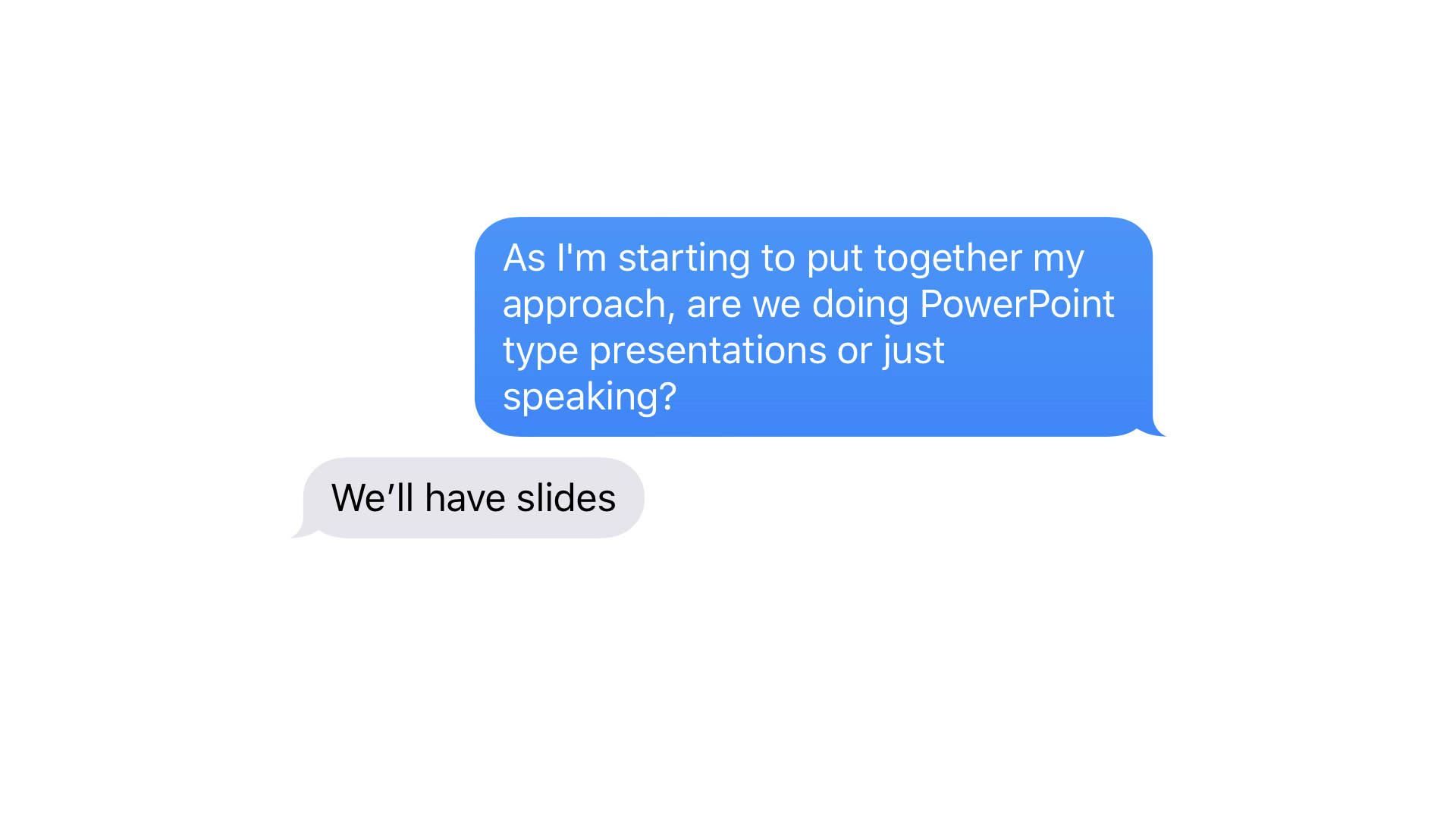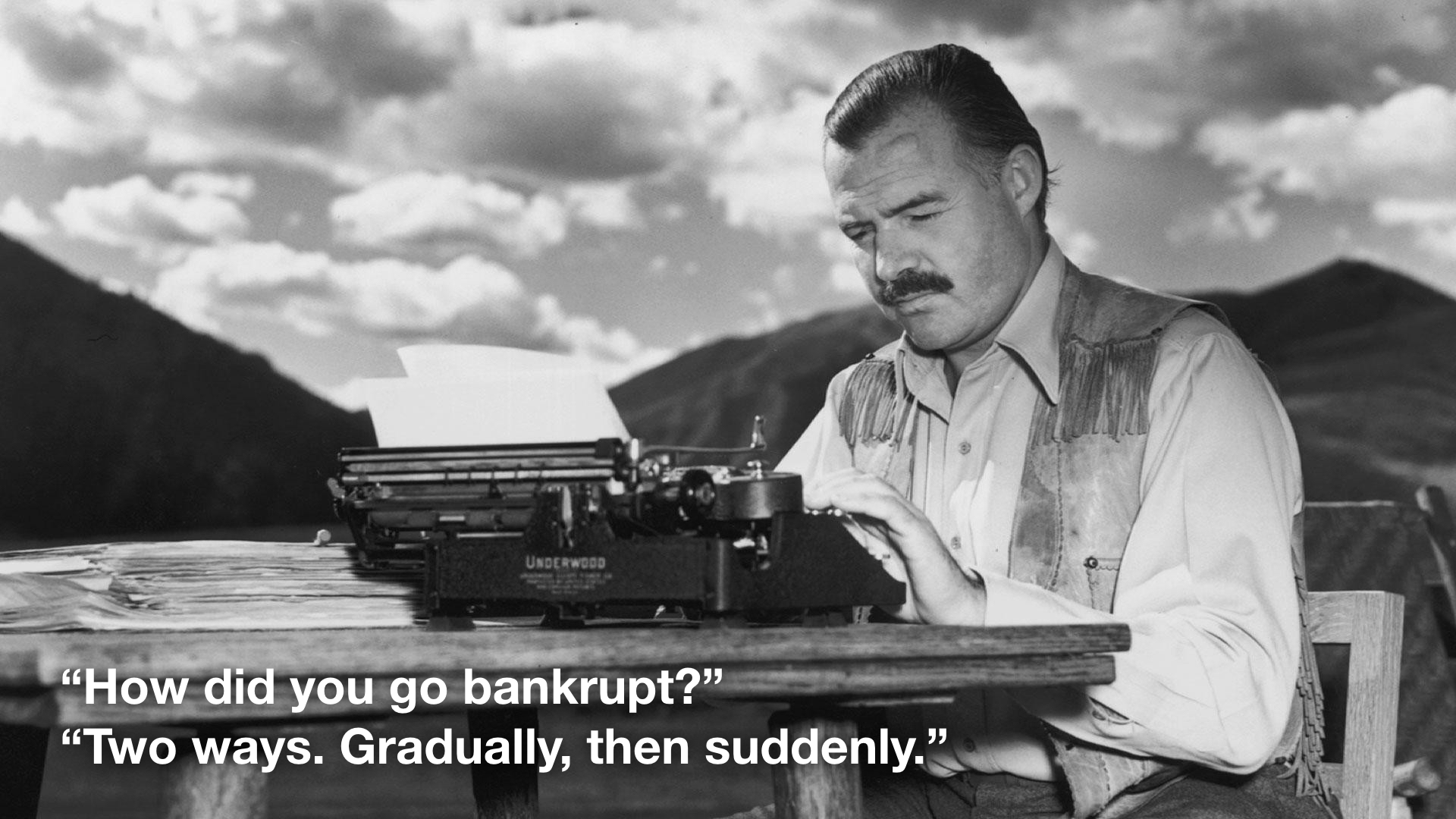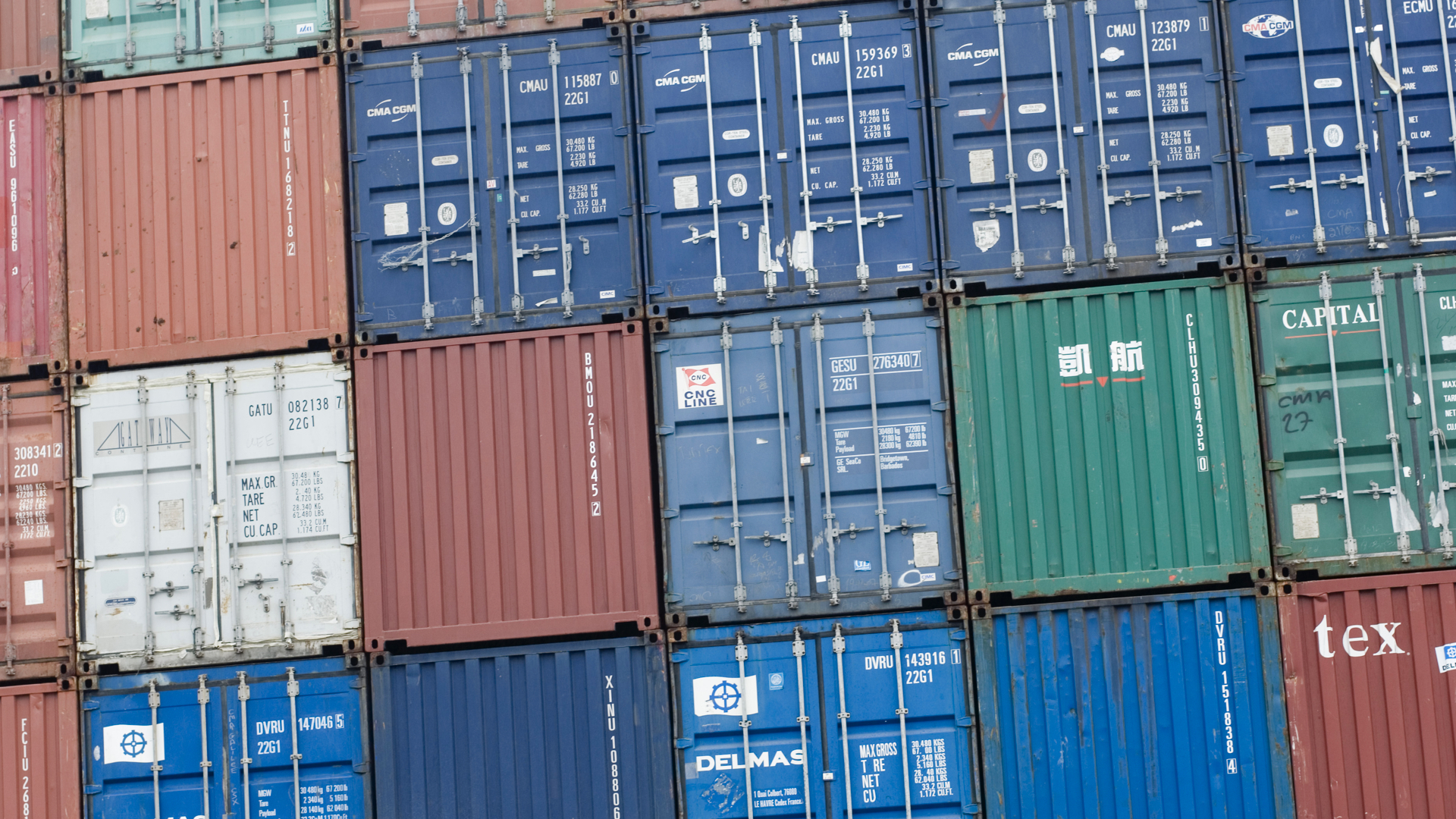These are my slides/notes from a presentation I didn't give during Voi Health's winter meetup at Lake Morey resort in Vermont

Narrator: "There were no slides."
They say you should start every presentation with a joke but this time the joke is on me, because no one prepared slides but me.

Does anyone know where this quote comes from?
Ernest Hemingway, The Sun Also Rises
I actually thought this quote was from The Great Gatsby1, I had a great picture of Leonardo DiCaprio holding up a wine glass looking smug here, so you can imagine my utter disappointment when I went to confirm the quote.
Anyway, this quote is to get us in the right mindset to talk about...

Shipping containers!
Or as I like to call them, the internet of the 50s and 60s
What did you think I was going to say?
18th century - the humble beginnings of the shipping container.
Simple containers show up moving coal in England by both boats and horse drawn carriages.
In 1766, James Brindley designed the box boat Starvationer with ten wooden containers, to transport coal from Worsley Delph (quarry) to Manchester by Bridgewater Canal.
In 1795, the Little Eaton Gangway opened and carried coal in horse-drawn wheeled wagons which, in form and function, were a bit like containers.
In the 19th century, shipping containers make an appearance on certain railway lines, I couldn’t find any pictures so you get a picture of my kids in front of a 19th century replica steam engine at the Golden Spike National Historic Site in the middle of nowhere Utah, instead.
By the 1830s, railroads on several continents were carrying containers that could be transferred to other modes of transport.
By the 1840s, iron boxes were in use as well as wooden ones.
This is a Windjammer, in the 19th century most cargo is hauled using ships like this, and though the modern shipping container makes an appearance around 1917, it’s use is extremely limited.
The use of shipping containers is so limited in fact, that this is a typical cargo ship in the mid 20th century, not a shipping container in sight.
Then came the Ideal-X in 1956, it was a WW2 oil tanker modified by a company called SeaLand to hold shipping containers.
on April 26, 1956 the Ideal-X carried 58 containers from New Jersey to Texas, where 58 trucks were waiting to be loaded with the containers, and the modern global supply chain is born.
And here’s what a typical cargo ship looks like today.
Some stats on how fast (nod nod wink wink) the shipping container took over the world:
- The cargo flow through one terminal at Newark jumped from 228,000 tons in 1957 to 1.1 million tons in 1959.
- Registered longshoremen on the U.S. East Coast falls by over two-thirds from 1952 to 1972.
- "'In 1966, commitments by ship operators and ports to containers passed the point of no return,' ... Only three ship lines were offering international container service from the United States in the spring of 1966. By June 1967, one researcher counted 60 companies offering container service to Europe, Asia, and even Latin America" (The Box ch8)
to recap...
The Ideal-X makes its maiden voyage in 1956, over 200 years from the first shipping container, and 40-ish years from the first "modern" shipping container (in 1917). In 1966 (just 10 short years later), shipping containers pass a point of no return and the entire world is changed.
So how did shipping containers take over the world? Gradually, then suddenly!
Maybe you’re asking yourself what do shipping containers have to do with Voi?
The answer is obvious, the blockchain of course (just kidding).
I like finding patterns that I can apply to my life and my job.
So what patterns do you think we can find in shipping containers?
Sometimes, working at a startup can feel like you’re in the middle of a desert, low on water, short on supplies, all hope is lost.
And then in the very next moment everything can change.
This is how the Boston Institute of Contemporary Art describes this painting:
"The scene pictured here is one of perpetual construction—building as one goes"
Sound like anything else you know?
Here’s a description of SeaLand, the company that built the Ideal-X, and ushered in the modern shipping era:
"SeaLand’s initial technology had been designed on the fly, using obsolete tanker ships, shipbuilding cranes, and containers whose length was determined by the size of the tankers, on the assumption that it could all be improved once the business was up and running." (The Box ch4)
It took over 200 years for the shipping container to break out, but when it did, the entire world changed in about 10 years.
It took First Opinion 4.5 years to become Voi, but in those 4.5 years:
- We laid all the groundwork
- We put good processes in place
- We analyzed markets
- We learned, boy did we learn
- We brought everyone in this room together
McKay and I were on some introductory phone call with a bunch of you and some other people that aren't any of you, and everyone was introducing themselves, after our team finished introducing themselves I commented to McKay over chat:
"I get goosebumps when I listen to our team introduce themselves"
And I do. This team gives me goosebumps. And each one of you has helped us build this incredible team.
All this is to emphasize the thing we’ve done over the last 4.5 years:
We prepared for this moment, right now, 2018.
While studying [successful people], one thing that becomes evident is many of them put in years of intelligent, diligent, and obsessive work before they hit their inflection point.
The inflection point, if visualized, isn’t an explosion but a wave. It is the result of countless incremental improvements or breakthroughs that build up over a period of years that finally crest and accelerate the business at a rapid pace. (via)
2018 is our crest, everyone in this room is here for a reason, everything is in place, we’ve made it through the gradually part, now it’s time for the suddenly part!
-
I also thought the quote was "slowly, then all at once." ↩
